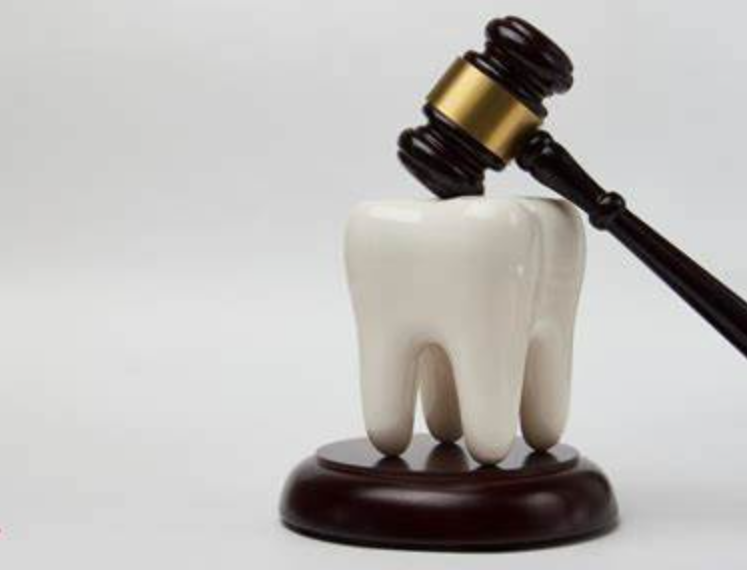
Vicarious Liability and Non-delegable Duty of Care

Following the recent appeal in the case of Hughes -v- Rattan, the indemnity market has had to act to reduce the prospect of a successful claim against practice owners for vicarious liability and non-delegable duty of care.
In the Hughes case, the salient points were as follows: -
a) Dr Rattan never treated Mrs Hughes;
b) Her treatment was provided by associates at his former practice;
c) The associates were willing to engage in the claim but Mrs Hughes was advised only to pursue the practice for damages in both vicarious liability and non-delegable duty of care;
d) The associates had freedom to work as they chose in Dr Rattan’s practice.
The Court of Appeal held that Dr Rattan was not vicariously liable for the actions of the associates but concurred with the High Court that as Mrs Hughes was under the care of Dr Rattan’s practice, he could not divest himself of the non-delegable duty to protect her from harm caused by dental treatment.
What is the Non-delegable duty of care?
Where the practice owner is assumed to have a personal responsibility to the patient, the duty for the safety of that patient remains with the practice owner regardless of whether associates may have carried out their treatment.
In the Hughes v Rattan case, the FP17 for Mrs Hughes named Dr Rattan as the dentist providing her treatment. Furthermore, she did not receive any other documentation naming the individual dentists, and it was identified that patients were described as ‘patients of the practice’ under the associates’ agreement.
What is Vicarious liability?
Albeit that the relationship between Principal and Associate is based on a sub-contractor arrangement, the courts have been looking to establish a position whereby it is similar to that between an employer and employee dentists, to ascertain whether it could be considered “akin to employment”.
Dr Rattan was not considered vicariously liable for the actions of the associate dentists because of the particular freedoms they had in his practice. However, the judgment does not set a precedent for all other vicarious liability claims.
How to Protect Yourself
This is likely to be a sea-change for the indemnity/insurance industry. There is a need now for Principals to introduce measures to protect themselves against the risks of a claim being made by a patient.
1. Practice leaflets and Website
These should specifically state that all associates are self-employed independent contractors and personally responsible for treatment provided.
2. FP17s
These should now make reference to the treating dentist, whose details should be included alongside the performer number.
3. Correspondence
The patient should be clear from the outset who will be treating them, their position in the practice and any appointments made should include the name of the associate as well as the practice name.
4. Associate contracts
The following clauses should be included: -
a) Responsibility for tax and national insurance;
b) Flexibility to work at other practices;
c) Choice of dental laboratory;
d) Clinical control over their own work;
e) Payment for their own clothing and equipment;
f) Responsibility for their own indemnity/insurance cover.
When an Associate leaves the practice, the Principal should retain contact details and ensure that these are kept up to date. It may be some time after a dentist departs before a claim comes forward and it is important to be able to locate the treating dentist.
If you require assistance on any of the above points, please contact Jonathan Jacobs at Jacobs Legal on info@jacobs-legal.co.uk; www.jacobs-legal.co.uk
Jacobs Legal is a Consultant Practice of Nexa Law Limited, which is Authorised and Regulated by the Solicitors Regulation Authority.
(SRA number 633024)
All Rights Reserved | Jacobs Legal Ltd






